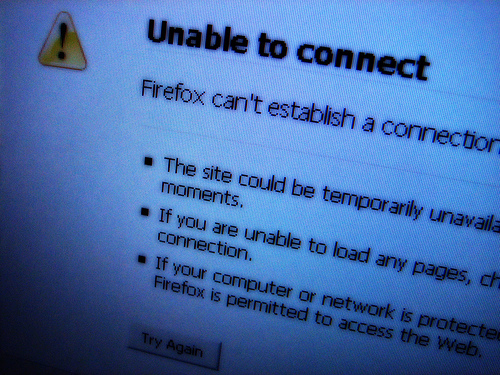
Within just the last decade, people have become as dependent on the virtual world for their daily activities as they are dependent on the physical world for human activities. Consider the implications for yourself when the network is down, cell phone calls are dropped, or a virus crashes your network. In many cases, daily routines are broken, frustrations rise, and work stops. There are clear benefits to information technology, which we now embrace as essential to our lives, our economy, and ultimately our national security.
Information technology connects people in unique ways. Global fiber optic networks have also enabled communication in an unprecedented manner, propelling the emergence of India as the world’s “back office,” allowing companies to move off-shore, and giving consumers access to a variety of data from around the planet. Nearly one quarter of the world’s population uses the Internet. This interconnection of the world’s population within and across societies holds tremendous implications for economic growth and development, particularly for impoverished areas. It also gives countries the potential to overcome the challenges of being land-locked or geographically isolated from the developed core countries in North America, Europe, and North Asia.
Apart from the cultural impacts of technology, there is also a dark side of the cyber world wherein hackers, phishing scam artists, and transnational crime groups harness the technology, too. Through Trojan horses, criminals and spies gain access to government and private computer networks. Through viruses and denial of service attacks, individuals and groups can disrupt governments and corporations. And through spyware or government surveillance programs, the cherished civil liberty of privacy is subverted. No longer fiction, the personal, professional, and financial records of one’s life can be erased or stolen for malevolent purposes.
Thus, for many the ultimate threat to their individual human security comes from cyberspace. Yet cyber is not just a personal issue, but a national security issue, too. The U.S. Director of National Intelligence testified to this point yesterday during his annual threat assessment: “We face nation states, terrorist networks, organized criminal groups, individuals, and other cyber actors with varying combinations of access, technical sophistication, and intent. Many have the capabilities to target elements of the U.S. information infrastructure for intelligence collection, intellectual property theft, or disruption.”
While the China-Google controversy renewed interest in cyber security, individual hackers tend to pose the greatest danger to information security. But governments now include cyber war in their planning and operations. The most recent example of this was the cyber attack that accompanied Russia’s invasion of Georgia in 2008. As Russian tanks and aircraft were entering Georgian territory, cyber warriors attacked the Georgian Ministry of Defense. Though it had a minimal effect, the attack was a harbinger; future conflicts will have both a physical dimension and a virtual dimension. As governments and militaries embrace technology for efficiency and effect, they also become vulnerable to cyber threats. And as more of society, government, and the economy move online, individuals in developed countries can no longer be isolated from the effects of war.
In any case, virtual war need not accompany the physical attacks characteristic of warfare. Countries increasingly employ cyber operations outside of warfare, suggesting that it is becoming a unique tool of power. On any given day, foreign governments sponsor regular intrusions into other governments’ networks, hackers steal financial data from banks, and foreign intelligence services conduct cyber espionage. Given the importance of information technology networks and the threats posed to them, there is a growing awareness of cyber security.
In spite of this, awareness has not given way to clear strategies to dealing with the threats. This is part structural. The private sector primarily designs, builds, owns, and operates the Internet, but there is a growing expectation that the government will protect it. The Defense Department is responsible for ensuring the “dot.mil” domain remains safe, while the Department of Homeland Security oversees security of the “dot.gov” domain. The dot.com domain is entrusted to the companies who operate there. But as Director Blair’s testimony made clear, governments or the private sector acting alone cannot reduce cyber threats.
The cooperative approach is consistent with both the Obama Administration’s message and the changed nature of security. Contemporary security challenges like pandemic disease, piracy, or terrorism are transnational and require international cooperation. Unlike traditional threats, it does not matter that the United States is a superpower, NATO is the most advanced alliance in the world, or China and India are emerging powers. Transnational threats affect countries at the citizen level, and governments continue to struggle on how to address them.
Derek Reveron, an Atlantic Council contributing editor, is a professor of national security affairs at the U.S. Naval War College in Newport, Rhode Island. These views are his own. Photo by Flickr user kirk lau under Creative Commons license.
Blog Coverage:
- Virtual Threats Meet the Real World – RealClear World
Image: UnableToConnect.jpg
